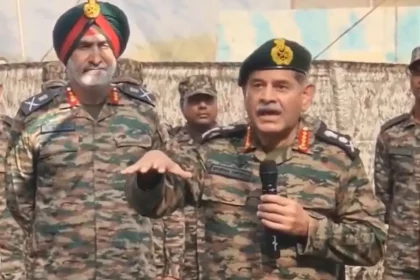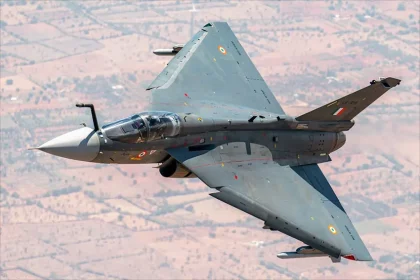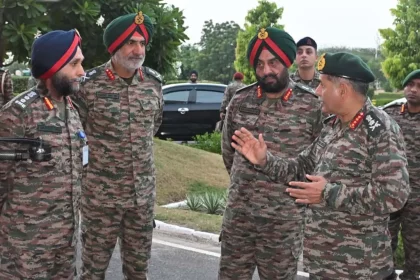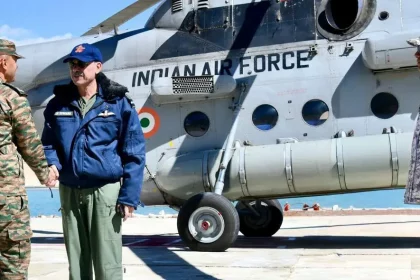“Will Erase From Map if Needed”: Army Chief General Upendra Dwivedi Issues Stern Warning to Pakistan
General Dwivedi signals no restraint in future operations against terror infrastructure.
Smt Shobha Gupta Assumes Charge as Director General of Defence Estates
Veteran IDES officer takes charge of DGDE, overseeing 18 lakh acres of defence land.
Vice Admiral Rahul Vilas Gokhale Assumes Charge as Chief of Staff, Western Naval Command
Veteran officer and Navigation specialist takes charge of key naval formation.
HAL to Conduct Maiden Flight of First TEJAS MK-1A Fighter Jet from Nashik Unit on October 17
HAL’s Nashik facility to roll out first TEJAS MK-1A as India boosts indigenous fighter production.
Army Chief General Upendra Dwivedi Reviews Operational Preparedness in Forward Areas and Bikaner Military Station
COAS emphasises modernisation, UAS integration, and Whole-of-Nation approach to defence.
IAF Vice Chief Air Marshal Narmdeshwar Tiwari Visits Ladakh Sector, Praises Personnel for Grit in High-Altitude Conditions
Air Marshal Tiwari commends IAF personnel for professionalism and resilience in Ladakh.






